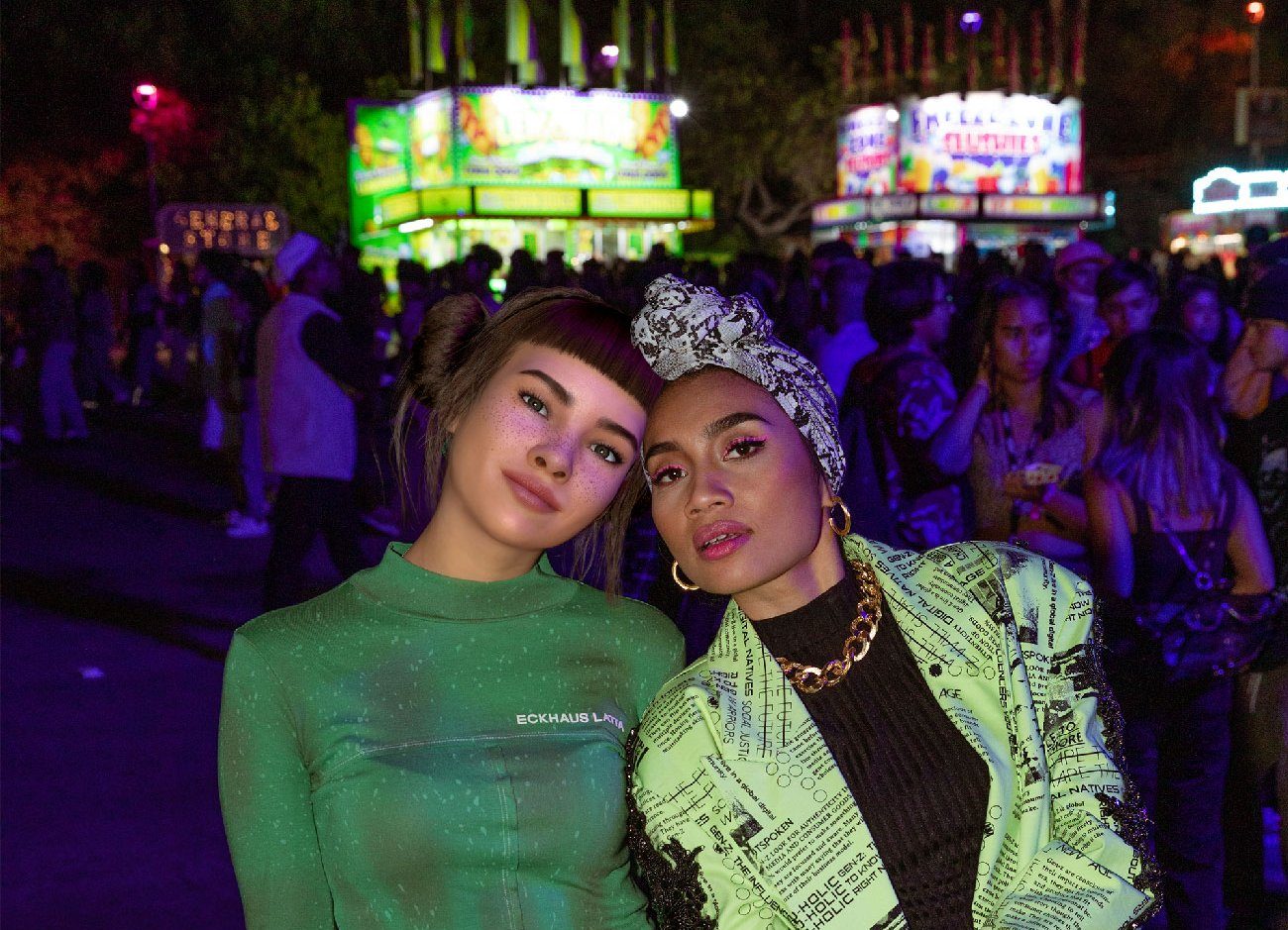
Life&Style Writer Andrew Ogun discusses the controversial rise of CGI models within the fashion industry, asking where it leaves those who are already struggling for representation
Look. Look a little closer. Something seems a little bit off, right? That’s because it is. The model you are currently looking at on Instagram is not real, she is completely computer generated.
Technology and fashion have always worked hand-in-hand, leading to genuinely innovative moments that have pushed the boundaries of fashion to new heights; Alexander McQueen’s iconic use of a dual robotic device to spray paint the white dress in his Spring/Summer 1999 show and McQueen’s use of a Kate Moss hologram for the first time in fashion in 2006 come to mind. For the most part, technology is a positive force in fashion. When it comes to CGI models however, the ethics are questionable.
The first popular use of a CGI model was in 2016 when Lil Miquela came onto the scene. Portraying herself as the ‘new girl on the block’, she managed to gain followers at a frighteningly rapid rate and she was also used for several high-profile campaigns with luxury brands such as Vogue, amongst others. Not only did she cause a scene in the fashion industry, she is now also a promising musician, amassing an astounding 4,312,458 streams on Spotify alone for her single ‘Hate Me’. One might argue that Lil Miquela encompasses all the characteristics of the 21st century young ‘creative’, for better or for worse. She is emblematic of our desires but also our woes. People spend years honing their creative crafts and spend even more years trying to break into certain industries, and this process is marred by uncertainty, obstacles and at times, discrimination. On the other hand, Lil Miquela has effortlessly managed to have a career that is enviable. She has a life that many people could see as being aspirational, but one must remember that it is all carefully, and insidiously, curated. The lines between artificiality and reality are being dangerously blurred.
There needs to be more transparency about CGI models, and instead of creating more of them, real black models who are already underrepresented need to get the priority
The latest controversy regarding CGI models has arose due to the creation of a new black model, who is described as ‘The World’s First Digital Supermodel’, called Shudu. Shudu was created by fashion photographer Cameron-James Wilson, who is a white male. There are some glaring issues and questions that must be asked; Does a white male know the best way to represent a black woman? What does this mean for real black models who are frequently overlooked for the same campaigns and the same brands that Shudu is working for? Do CGI models perpetuate unrealistic beauty standards? These are some of the questions that I believe the people behind these CGI models must answer and be held accountable for.
In his defence, Wilson has decided not to monetise Shudu (according to Vogue) and he has gone out of his way to ensure that people know that she is fake. But is this good enough? Representation in fashion is still an extremely important conversation and CGI models seem to be doing more damage than good at the moment. However, it is clear that more of these artificial superstars will be cropping up in the future and that they’re here to stay. Once upon a time, humans were only competing against each other for places in certain jobs and industries. Now robots have been added to the mix. Perhaps our worries about CGI models is just an extension of our anxiety towards technological advancements more generally. Regardless, there needs to be more transparency about CGI models, and instead of creating more of them, real black models who are already underrepresented need to get the priority.
Comments